Chemical Safety
All Chemical Safety Content
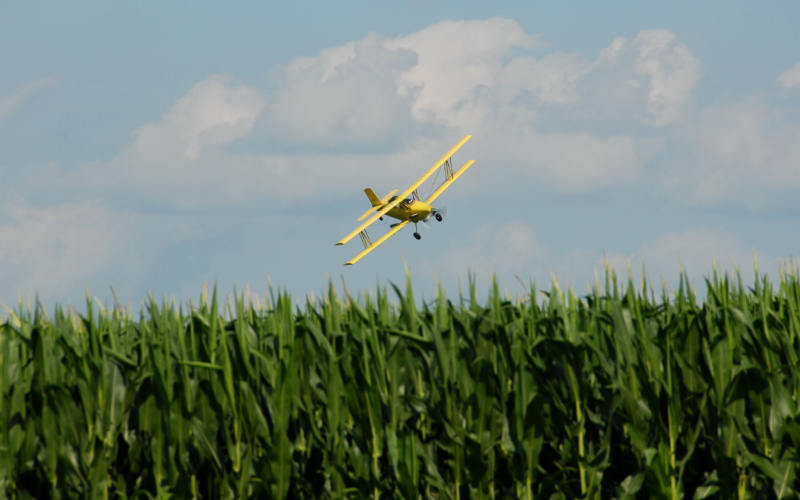
Commercial Aerial Applicator Training @ Tri-State Aerial Applicators Convention
SDSU Extension, NDSU Extension, and UMN Extension will host a joint aerial commercial applicator training on February 19, 2026, from 11:45 a.m. - 2:15 p.m. CST in conjunction with the Tri-State Aerial Applicators Convention, which will be held at The Delta Hotel in the Symphony Hall (1635 42nd St SW, Fargo, ND 58103).
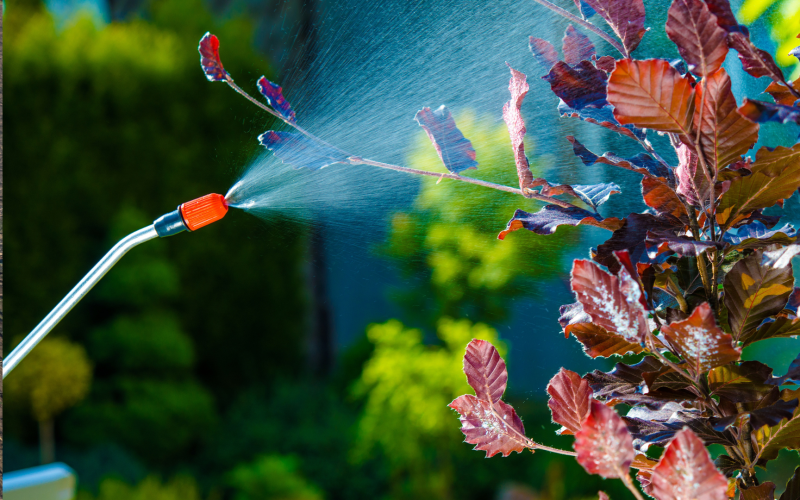
Commercial Ornamental/Turf Applicator Training @ Sioux Falls
SDSU Extension will host ornamental and turf commercial applicator training in Sioux Falls at the Best Western Plus Ramkota (3200 W Maple St, Sioux Falls, SD 57107) on February 12, 2026. CST.
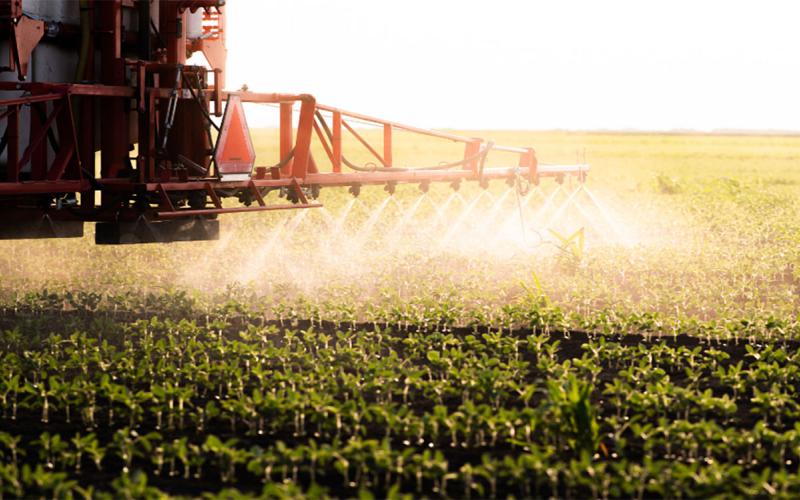
Commercial Applicator Training @ Brookings
SDSU Extension will host commercial applicator training in Brookings at McCrory Gardens (631 22nd Ave, Brookings, SD 57006) on February 5, 2026, from 8:30 a.m. - 4:00 p.m. CST.
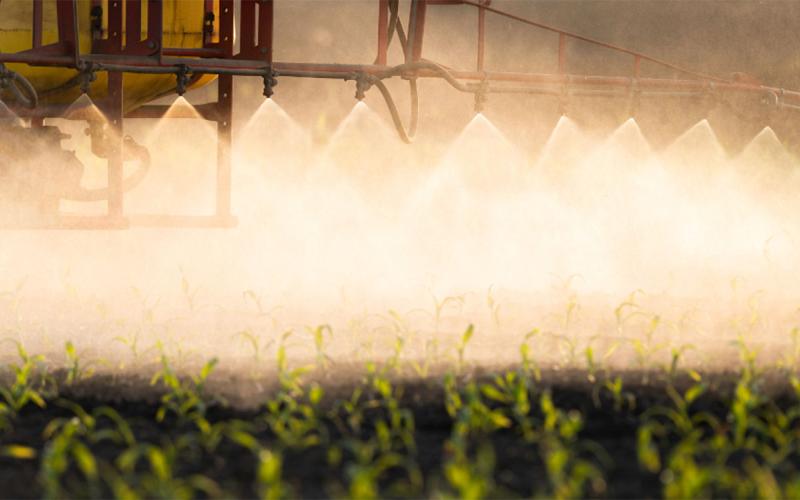
Commercial Applicator Training @ Mitchell
SDSU Extension will host commercial applicator training in Mitchell at the Highland Conference Center (2000 Highland Way, Mitchell, SD 57301) on January 29, 2026, from 8:30 a.m. - 4:00 p.m. CST.
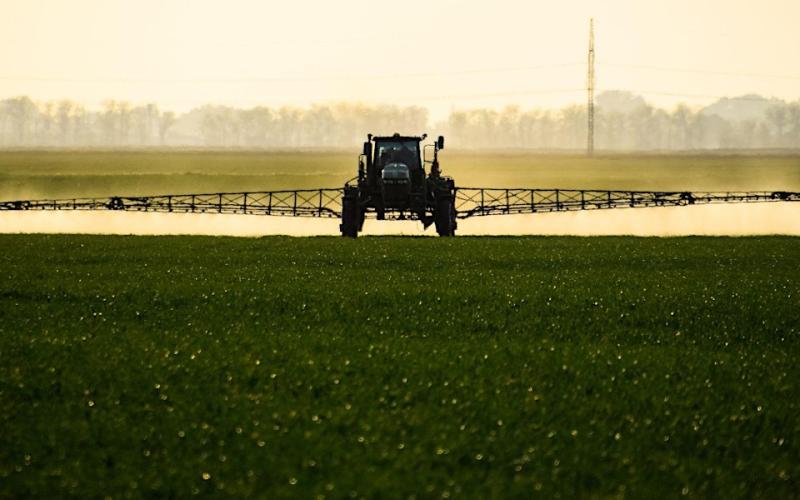
Commercial Applicator Training @ Rapid City
SDSU Extension will host commercial applicator training in Rapid City at the DoubleTree by Hilton (505 N 5th St, Rapid City, SD 57701) on January 27, 2026, from 9:00 a.m. - 4:00 p.m. MT.
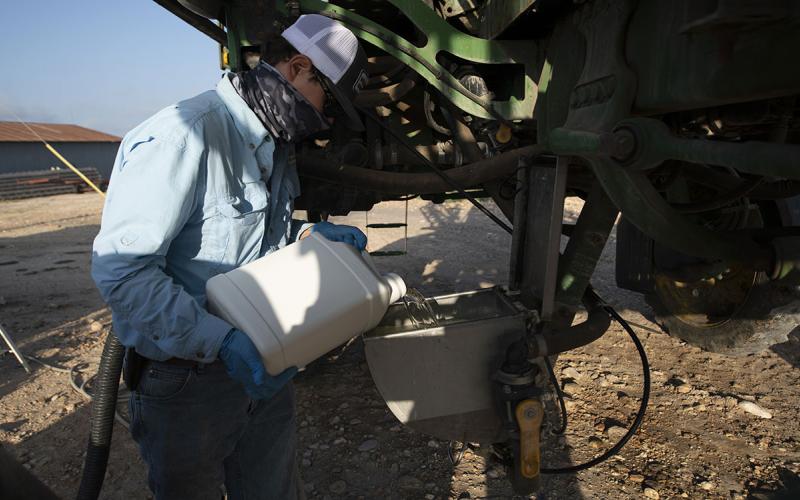
Commercial Applicator Training @ Sioux Falls Ag Expo
SDSU Extension will host commercial applicator training during the Sioux Falls Ag Expo at the Sioux Falls Convention Center (1201 N W Ave, Sioux Falls SD 57104) on January 15, 2026, from 8:00 a.m. - 1:00 p.m. CST.
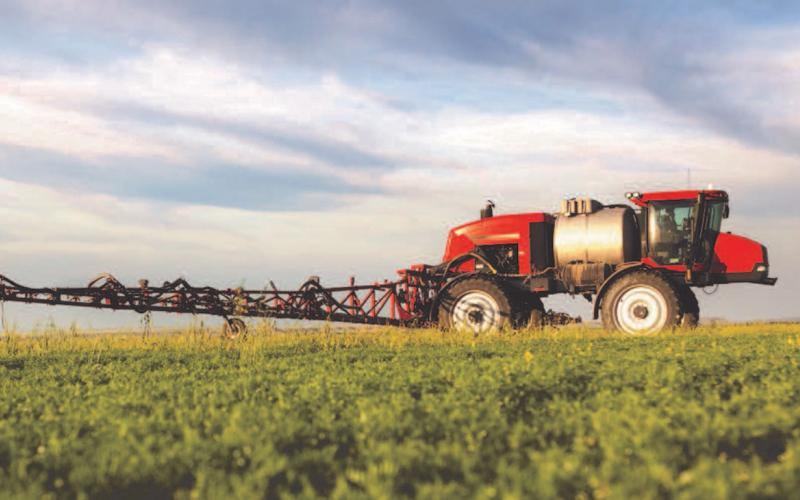
Commercial Applicator Training for Pesticides
Those who apply pesticides for hire or as a government employee that applies pesticides while performing work duties, must have a commercial applicator license.

SDSU Extension to host training for DOT pest control applicators
October 08, 2025
South Dakota State University Extension will host two recertification trainings in October for two categories of pesticide applicators.
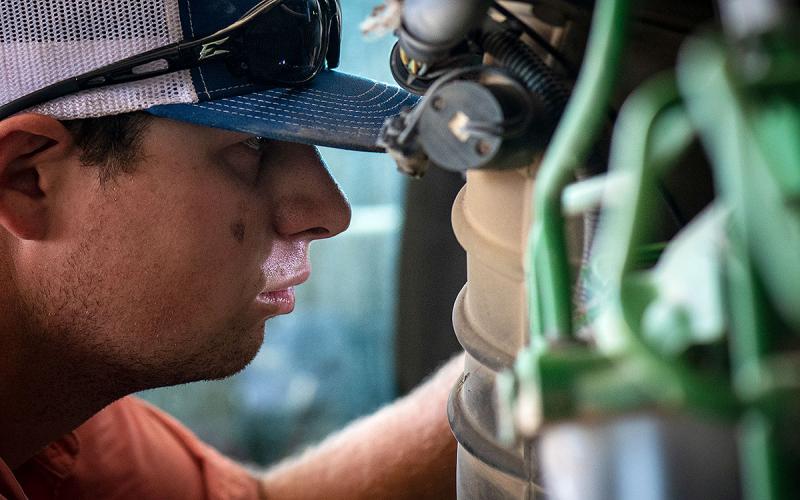
Safety & Training
Covering the range from animal handling to equipment safety, including training and certification to keep producers and their workforce productive.
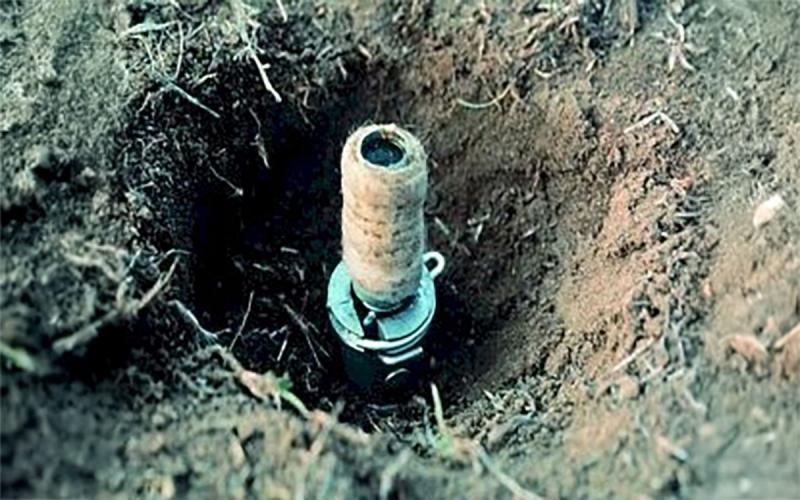
Private Applicator Endorsements for M-44 Devices, Fumigants, and Aerial Applications
Recent changes to South Dakota private applicator pesticide regulations have impacted the requirements to use M-44 predator-control devices, fumigants, and to apply pesticides from aerial vehicles.